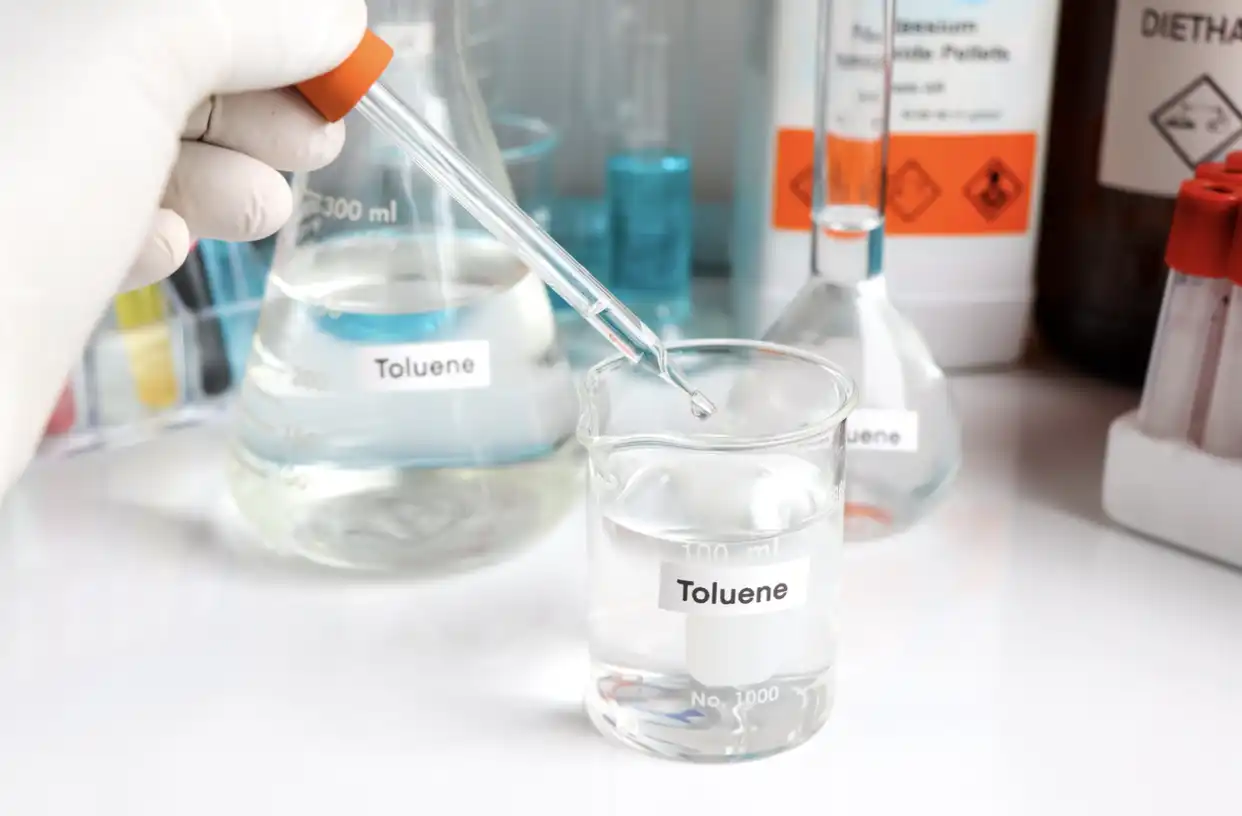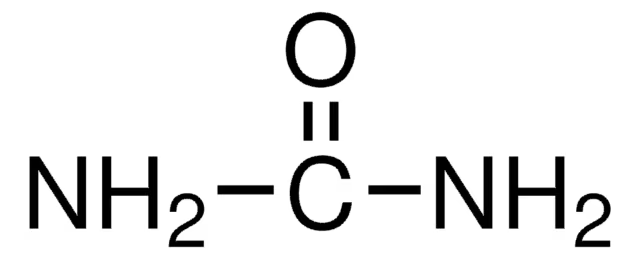
Descrizione:
Toluene, chiamato anche metilbenzene o fenilmetano, è un idrocarburo aromatico. Il nome toluene deriva dal nome più antico toluöl che si riferisce all'estratto di tolu, un estratto aromatico che proviene da un albero tropicale: Balsamo del Perù. Il nome è stato coniato dal chimico svedese Jöns Jacob Berzelius. La sua sintesi è stata scoperta da Rudolph Fittig. Viene spesso utilizzato come reagente o solvente, particolare in contesti industriali. Scioglie un gran numero di oli, grassi, o resine (naturale o sintetico).
In condizioni normali, è un liquido limpido con un odore caratteristico, simile a quello dei diluenti per vernici o del benzene.
UTILIZZO:
- Per aumentare il numero di ottani del carburante, miscelato con benzene e xileni.
- Come solvente di estrazione nell'industria cosmetica (profumo) e nell'industria farmacochimica.
- Come solvente o elemento di produzione per la vernice, vernice, lacca, cera e inchiostro (stampa, ecc.).
- Come materiale di partenza per numerosi processi industriali: sintesi della gomma, fenolo, TNT, toluene diisocianato (TDI).
- Per produrre adesivi e colle.
- Nella concia delle pelli.
- Come potenziatore del rivestimento utilizzato da alcuni giocatori di ping pong (pur essendo proibito).
Toluene : Avvertenze e cautela

Indicazioni di pericolo GHS:
H225 - Liquido e vapori altamente infiammabili.
H361d - Sospettato di nuocere al feto.
H304 - Può essere fatale se ingerito e penetra nelle vie respiratorie.
H373 - Può provocare gravi danni agli organi in caso di esposizione prolungata o ripetuta.
H315 - Provoca irritazione cutanea.
H336 - Può provocare sonnolenza o vertigini.
Consigli di prudenza GHS:
P210 - Tenere lontano dal calore, superfici calde, scintille, fiamme libere, qualsiasi altra fonte di ignizione. Vietato fumare.
P280 - Indossare guanti/indumenti protettivi/proteggere gli occhi/il viso.
P302+P352 - SE SULLA PELLE: Lavare con abbondante acqua e sapone.
P308+P313 - SE esposto o interessato: Ottenere consulenza/attenzione medica.
P331 - NON indurre il vomito.


